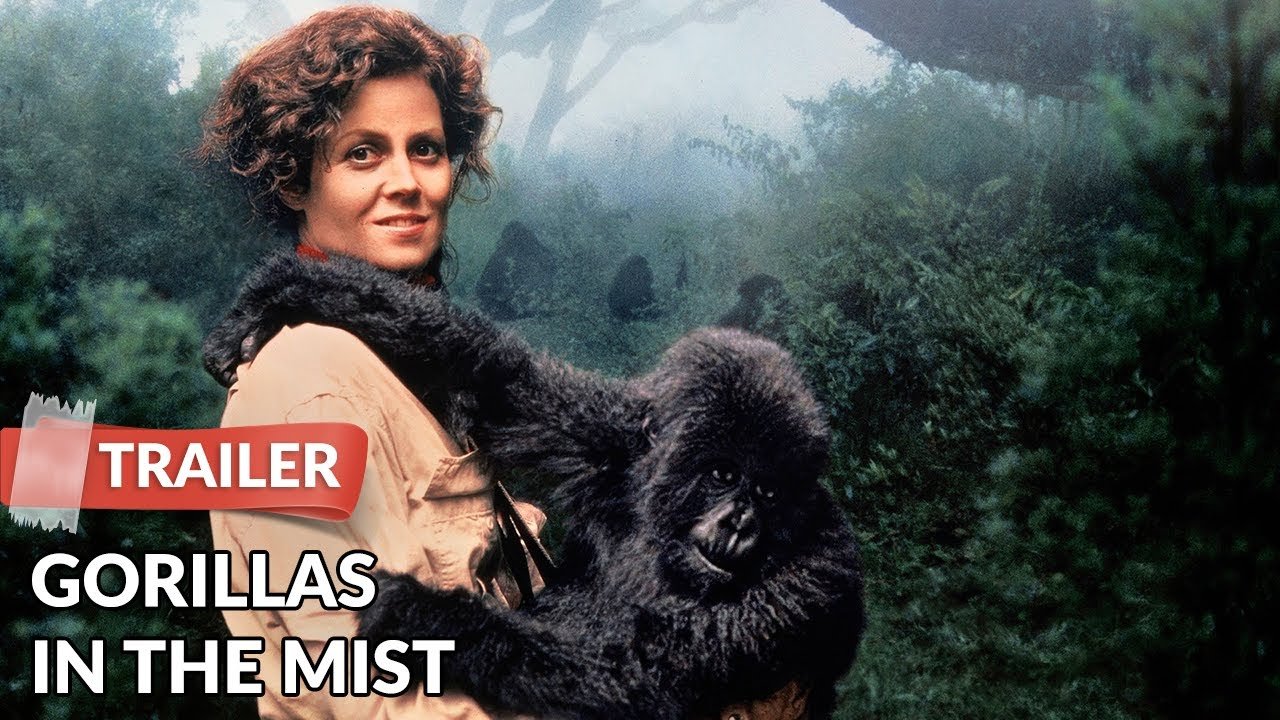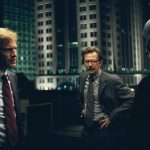Gorillas in the Mist (1988)

“Gorillas in the Mist,” released in 1988 and directed by Michael Apted, is a biographical drama that portrays the life of Dian Fossey, an American primatologist who dedicated her life to studying and protecting mountain gorillas in Rwanda. Based on the book of the same name by Fossey herself, the film stars Sigourney Weaver in a critically acclaimed performance. This essay delves into the various dimensions of the film, including its plot, character development, production values, reception, and its impact on environmental and wildlife conservation.
The film chronicles the life and work of Dian Fossey, who, in the 1960s, travels to the mountainous regions of Rwanda to study the behavior of the mountain gorillas. Initially facing resistance from the local people and skepticism from the scientific community, Fossey’s dedication and perseverance lead to significant breakthroughs in understanding gorilla behavior and establishing conservation efforts.
The narrative follows Fossey’s journey from her initial struggles to her groundbreaking research and her growing relationship with the local community. Her work leads her to confront poaching and habitat destruction, which threaten the gorillas’ survival. The film also touches on her personal challenges and conflicts, particularly her intense and sometimes controversial methods in advocating for the gorillas’ protection.

Sigourney Weaver’s portrayal of Dian Fossey is the film’s centerpiece. Her performance is both powerful and nuanced, capturing Fossey’s complex personality—her passion, dedication, and occasional ruthlessness. Weaver’s portrayal emphasizes Fossey’s determination and emotional connection to the gorillas, as well as her struggles with isolation and frustration over the slow progress of her conservation efforts.
The film also features a strong supporting cast, including Bryan Brown as the wildlife photographer Bob Campbell and Julie Harris as Fossey’s mentor, who provide depth and context to Fossey’s character and her work. The interactions between Fossey and these characters help to highlight her impact on both the scientific community and the local people.

Michael Apted’s direction is notable for its attention to detail and its respectful portrayal of Fossey’s life and work. The film’s cinematography, by John Seale, effectively captures the breathtaking landscapes of Rwanda and the intimate moments of Fossey’s interactions with the gorillas. The use of natural light and sweeping shots of the mountains enhance the film’s authenticity and immerse the audience in the setting.
The film also incorporates real footage of the gorillas, adding an element of realism and immediacy to Fossey’s work. The combination of dramatic reenactments and actual footage helps to bridge the gap between Fossey’s personal experiences and the broader environmental issues she faced.

Upon its release, “Gorillas in the Mist” received positive reviews for its engaging storytelling and Weaver’s exceptional performance. Critics praised the film for its heartfelt and educational portrayal of Fossey’s life and her contributions to wildlife conservation. The film also garnered several award nominations and won a Golden Globe for Best Actress in a Motion Picture – Drama.
Beyond its critical success, the film played a significant role in raising awareness about gorilla conservation and the challenges faced by conservationists. It contributed to the ongoing dialogue about wildlife preservation and the importance of protecting endangered species, echoing Fossey’s own advocacy.

In conclusion, “Gorillas in the Mist” (1988) stands out as a poignant and inspiring biographical film that not only recounts the remarkable life of Dian Fossey but also emphasizes the broader message of environmental stewardship. Through compelling performances, effective storytelling, and stunning visuals, the film honors Fossey’s legacy and underscores the critical importance of wildlife conservation. Its impact extends beyond cinema, contributing to ongoing efforts to protect the natural world and inspire future generations to continue the work Fossey began.










